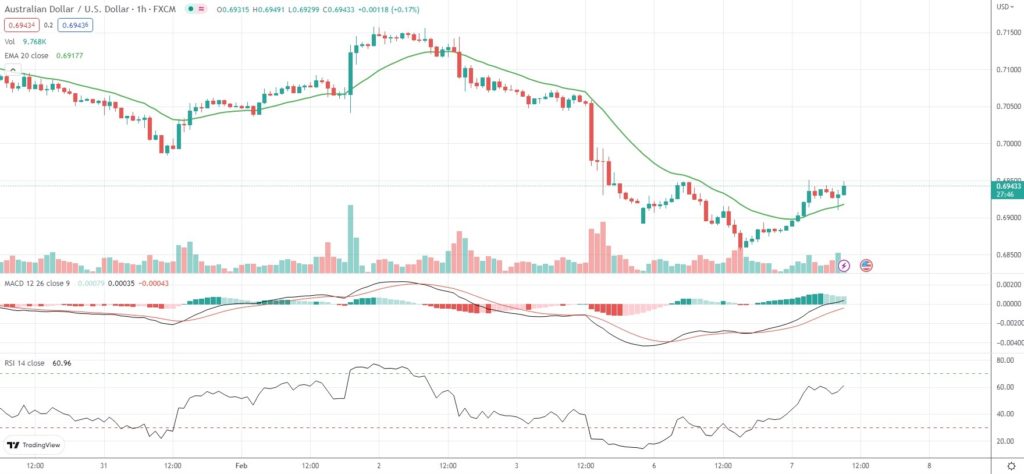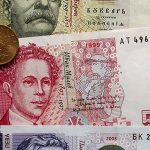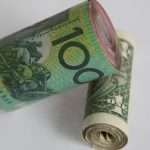AUD/USD rebounded from a one-month low on Tuesday, after the Reserve Bank of Australia lifted its cash rate to a new decade-high and stuck with guidance of further policy tightening.
The RBA raised its cash rate by 25 basis points to 3.35% at its February policy meeting earlier on Tuesday, in line with market expectations.
The central bank has delivered a total tightening of 325 basis points in the past ten months, while taking borrowing costs to their highest level since September 2012.
The RBA also flagged more interest rate increases in the period ahead as inflation in Australia was still too high.
The central bank expects CPI inflation to be at 4.75% this year and to slow to around 3% by mid-2025.
With regard to Australia’s GDP growth, the RBA expects economy to expand by 1.5% in 2023 and 2024.
“Any expectations around a pause in the hiking cycle were largely dissipated on explicit comments around the need for further rate hikes, a comment that has embedded a hawkish bias to remarks,” Dwyfor Evans, head of APAC macro strategy at State Street Global Markets, was quoted as saying by Reuters.
“The hawkish report will give the AUD some support against other G10 central banks where the hiking cycle is well discounted.”
As of 9:26 GMT on Tuesday AUD/USD was gaining 0.92% to trade at 0.6945. Yesterday the major Forex pair went down as low as 0.6855, which has been its weakest level since January 6th (0.6722).
Bond Yield Spread
The spread between 2-year Australian and 2-year US bond yields, which reflects the flow of funds in a short term, equaled -113.6 basis points as of 6:15 GMT on Tuesday, up from -129.8 basis points on February 6th.
Daily Pivot Levels (traditional method of calculation)
Central Pivot – 0.6895
R1 – 0.6935
R2 – 0.6989
R3 – 0.7029
R4 – 0.7069
S1 – 0.6842
S2 – 0.6802
S3 – 0.6749
S4 – 0.6696






